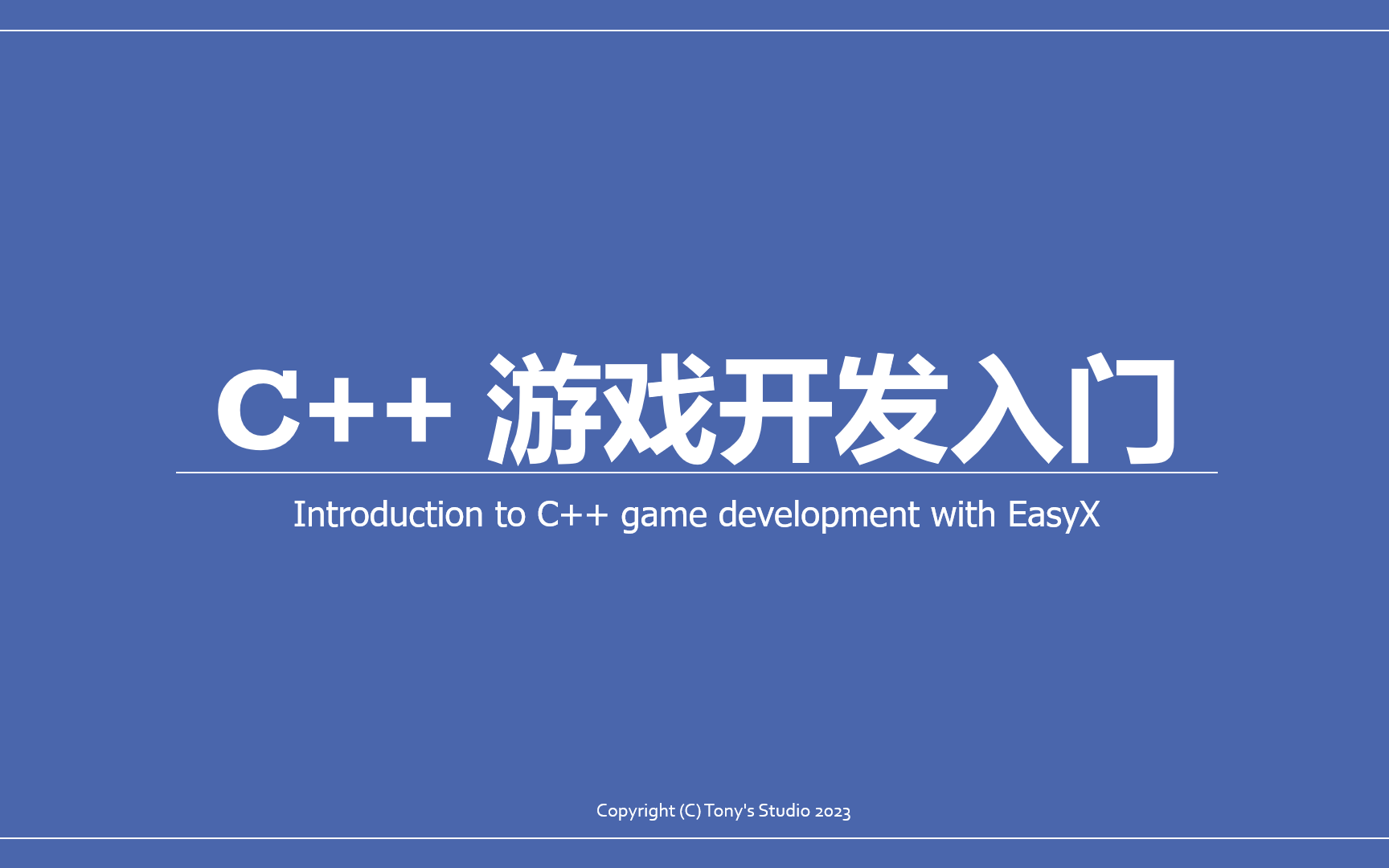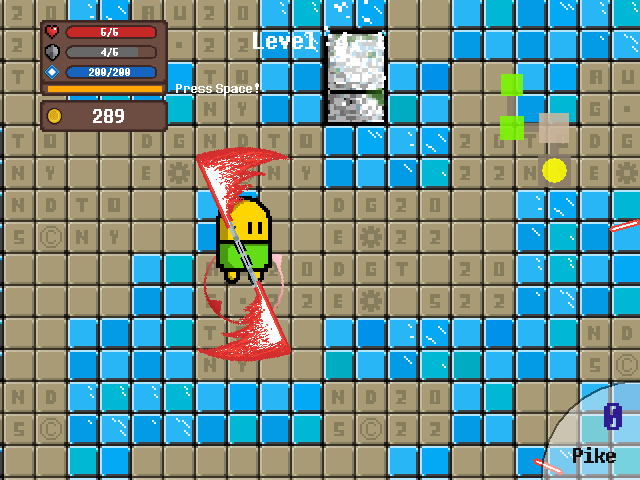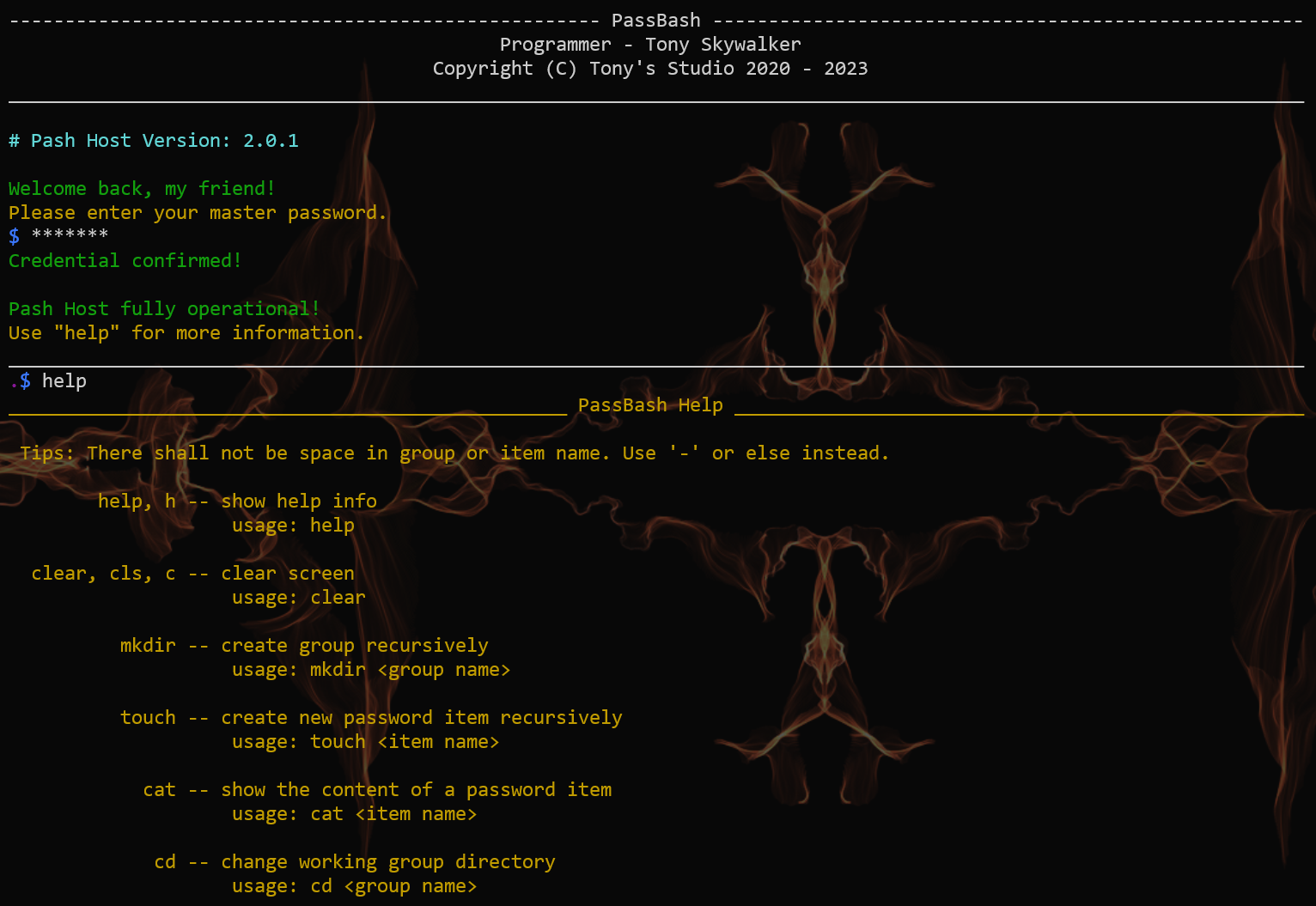MinIoC: A Miniature IoC Container in C++
Prologue
The implementation of this IoC is based on A Miniature IOC Container in C++. Some necessary modifications have been made to the source code on the website, and here is the original License: The Code Project Open License (CPOL)
MinIoC is a lightweight IoC container for C++, you can get it on GitHub. It requires C++ 11 or later.
Dependency Injection is an awesome design pattern, use it, and enjoy. 🥰
1. Overview
This mini IoC container provides basic adding and resolving abilities and the simplest dependency injection. It provides two lifetimes - singleton and transient. Singleton object will be created only once, while transient object will be constructed every time it is resolved. What’s more, it can provide lazy initialization for singleton instances. 😁
Since everything is implemented with C++ template, only header files are located under the mioc/include directory. A test file, Test.cpp is placed under the src/ directory as an example.
To avoid pointer problems, std::shared_ptr is used everywhere to wrap all native pointers. 🙂
It will be very nice for you to light up the 🌟. :)
2. Usage
2.1 Test Classes
Here are the classes we use in this demonstration. Interfaces are omitted as they are straightforward. We can see that B depends on A, and C depends on B. 🧐
1 | class A : public IA |
2.2 Create Container
All required header files are included in mioc.h, simply include this header file, and you are ready to go!
You can create a container using ServiceContainer::New(). In this case, you have to inject this container everywhere you need. You can choose whether to enable lazy initialization for this container on creation. You won’t be able to change it later. By default, lazy initialization is enabled.
1 | mioc::ServiceContainerPtr lazyContainer = mioc::ServiceContainer::New(); |
Or, you can use SingletonContainer, which provides a global-scale singleton container. This container will not be created until the first time you get it. Also, on your first call, you can choose whether to enable lazy initialization for the global container.
1 | // by default, the global container enables lazy initialization |
2.3 Add Singleton
The first is to use the type name only. You should provide its interface type and concrete type. And all dependency types if it has.
1 | container->AddSingleton<IA, A>(); // without dependency |
Also, you can directly add a pre-constructed instance to it. This way, you may need a pointer conversion first, which converts concrete type to its corresponding interface. You don’t need to pass a type name in this case. And, of course, lazy initialization matters not in this way.
1 | std::shared_ptr<IC> c = std::make_shared<C>(b); |
2.4 Add Transient
It is simpler to add a transient object. We need to pass type names, and they will be appropriately resolved later.
1 | container->AddTransient<IA, A>(); |
2.5 Resolve Instances
No matter how you add objects into the container, you can always resolve an instance with the interface type you provided on adding. nullptr will be returned if the interface is not registered.
1 | std::shared_ptr<IC> c = container->Resolve<IC>(); |
3. Limitations
Though this mini IoC container can handle dependency injection, you have to specify all dependencies when you add anything manually. 🥲
Epilogue
This is simple, but not that powerful. If you seek for something better, Hypodermic may be a good one. 😉










